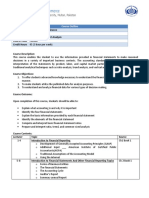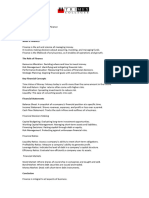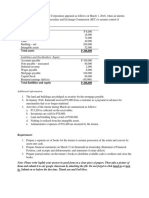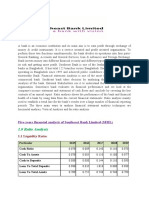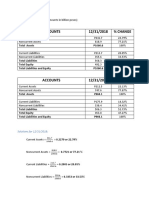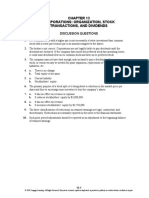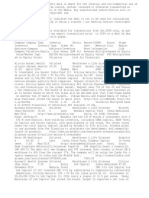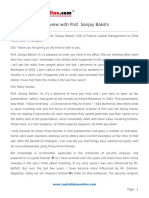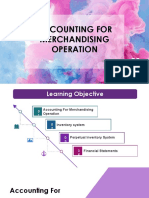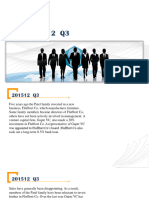0% found this document useful (0 votes)
20 views13 pagesSumit Singh
This report provides a detailed overview of Financial Statement Analysis, covering key financial statements, analytical techniques, and limitations of financial reporting. It emphasizes the importance of financial statements for decision-making, performance evaluation, and regulatory compliance, while also exploring methods for forecasting and understanding business performance. The document concludes that while financial statement analysis is a powerful tool, it must be used in context and supplemented with other analyses for informed decision-making.
Uploaded by
sumits946233Copyright
© © All Rights Reserved
We take content rights seriously. If you suspect this is your content, claim it here.
Available Formats
Download as PDF, TXT or read online on Scribd
0% found this document useful (0 votes)
20 views13 pagesSumit Singh
This report provides a detailed overview of Financial Statement Analysis, covering key financial statements, analytical techniques, and limitations of financial reporting. It emphasizes the importance of financial statements for decision-making, performance evaluation, and regulatory compliance, while also exploring methods for forecasting and understanding business performance. The document concludes that while financial statement analysis is a powerful tool, it must be used in context and supplemented with other analyses for informed decision-making.
Uploaded by
sumits946233Copyright
© © All Rights Reserved
We take content rights seriously. If you suspect this is your content, claim it here.
Available Formats
Download as PDF, TXT or read online on Scribd
/ 13












